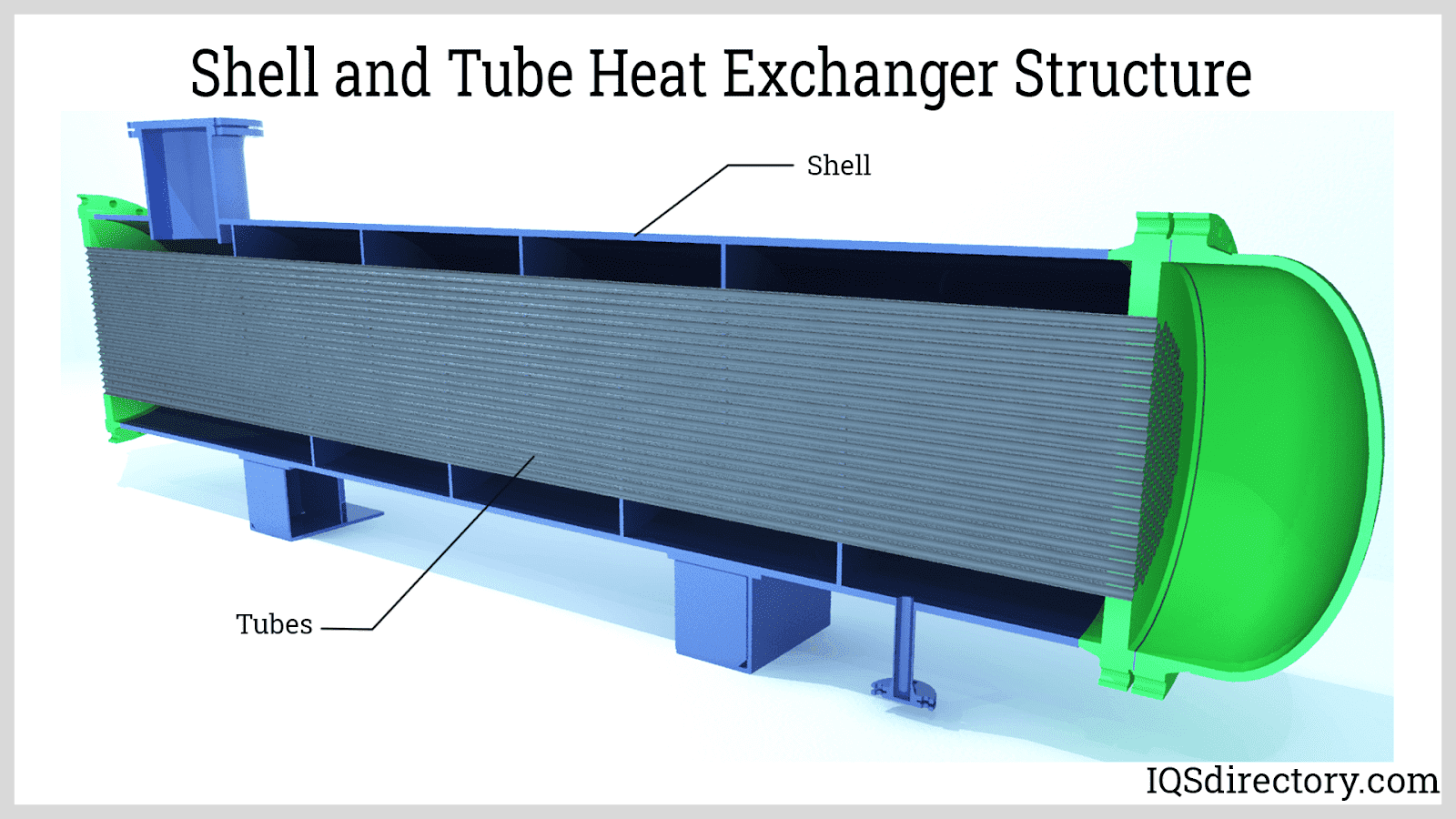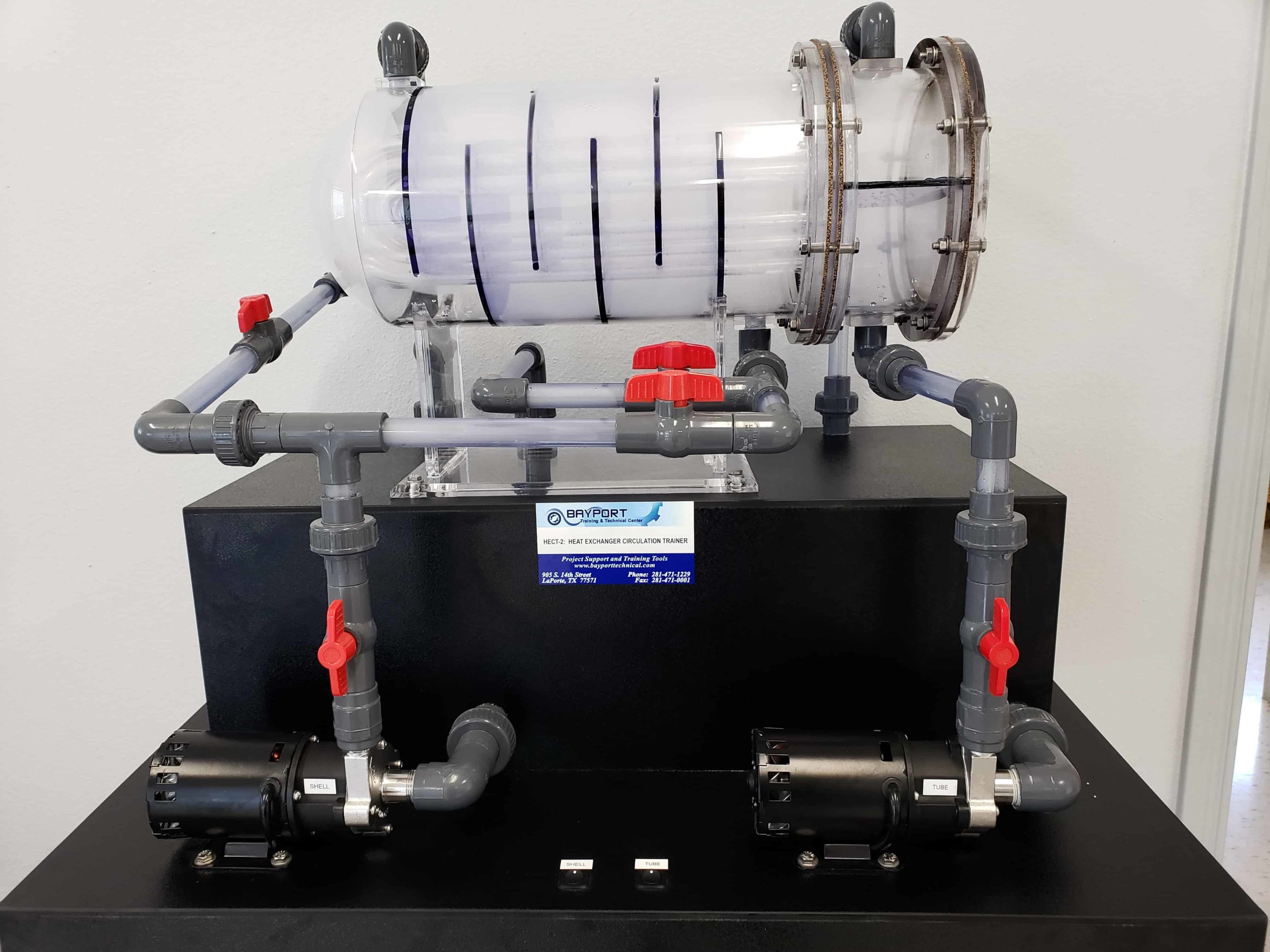Discovering the Perks and Applications of Heat Transfer Solutions in Modern Market
Heat transfer systems play a vital function in contemporary industry. They include various mechanisms such as convection, transmission, and radiation, each adding to effective thermal management. Industries like manufacturing and aerospace advantage substantially from these systems. As innovations proceed, the combination of cutting-edge products and innovations promises to boost power efficiency. This evolution elevates vital inquiries regarding the future implications for sustainability and functional expenses throughout several sectors. What exists in advance in this recurring transformation?
Understanding Heat Transfer Principles
Heat transfer principles are fundamental to the procedure of various commercial systems. These principles incorporate the systems of convection, radiation, and transmission, each playing a vital function in managing thermal power. Comprehending transmission involves assessing how Heat moves with strong materials, while convection relate to Heat transfer in liquids, driven by liquid activity. Radiation, unique from the various other two, includes power transfer with electro-magnetic waves. The efficiency of Heat transfer influences system efficiency, energy consumption, and overall efficiency. Reliable thermal management is crucial in processes such as Heat, heating, and air conditioning healing. By mastering these principles, markets can enhance their procedures, minimize power prices, and enhance devices durability, therefore adding to a more efficient and sustainable industrial landscape.
Secret Types of Heat Transfer Solutions
While different markets utilize Heat transfer systems for diverse applications, several essential types attract attention due to their specific functions and performances. The most common types consist of convection, radiation, and conduction systems. Transmission systems transfer Heat with straight contact in between products, making them reliable in solid-state applications. Convection systems, on the other hand, utilize liquid activity to transfer Heat, appropriate for home heating or cooling gases and liquids. Radiation systems run without a tool, counting on electro-magnetic waves to transfer Heat, ideal for high-temperature environments. Each kind offers unique purposes, allowing sectors to customize their Heat transfer services based on functional requirements, power effectiveness, and cost-effectiveness. Comprehending these systems is important for optimizing performance in various industrial settings.
Industrial Applications of Heat Transfer Technologies
The application of Heat transfer technologies in sector plays an essential duty in boosting energy efficiency and maximizing procedures. DVS Heat Transfer Systems. By carrying out advanced Heat exchange systems, business can significantly reduce their ecological impact while improving total efficiency. This integration not just fosters sustainability yet likewise straightens with contemporary regulatory and customer demands for greener techniques
Energy Performance Improvements
As markets increasingly focus on sustainability, power effectiveness improvements in Heat transfer modern technologies have come to be necessary for decreasing functional expenses and environmental effect. Enhanced Heat exchangers, as an example, use sophisticated materials and styles to maximize thermal performance while decreasing energy intake. Integrating variable rate drives in pumping systems permits for far better control of fluid circulation, leading to substantial power cost savings. The execution of clever sensing units and automation provides real-time monitoring, making it possible for modifications that optimize energy use. In addition, waste Heat recuperation systems catch excess thermal power, transforming it right into functional power. These innovations not only boost power effectiveness but likewise add to a much more sustainable industrial landscape by reducing greenhouse gas discharges and sustaining conformity with environmental policies.
Process Optimization Techniques
Process optimization techniques are vital in improving the effectiveness and effectiveness of Heat transfer modern technologies in commercial applications. These strategies include refining procedures to maximize Heat transfer performance while lessening energy usage and operational costs. Methods such as computational liquid characteristics (CFD) modeling permit engineers to assess and replicate Heat transfer scenarios, identifying locations for renovation. Furthermore, real-time tracking systems can offer valuable data on temperature level gradients and flow rates, enabling changes that enhance performance. Carrying out advanced control strategies, such as anticipating analytics, can enhance system responsiveness to differing operational needs. By applying these optimization strategies, industries can achieve better thermal efficiency, lowered downtime, and enhanced item high quality, inevitably resulting in raised competitiveness in the industry.

Environmental Influence Reduction
While commercial Heat transfer innovations are important for functional effectiveness, their application also offers chances for substantial environmental effect decrease. By boosting power effectiveness, these systems decrease gas usage, bring about lower greenhouse gas discharges. Progressed Heat exchangers can recover waste Heat, rerouting it to preheat inbound fluids, therefore lowering energy needs. Additionally, the assimilation of Heat transfer technologies in sustainable power systems, such as solar thermal and geothermal applications, supports the change to lasting methods. Industries that employ these innovations likewise take advantage of minimized functional prices and enhanced regulatory compliance. Generally, the calculated application of Heat transfer systems not only boosts efficiency however likewise promotes a much more sustainable industrial landscape, contributing to worldwide ecological goals.
Benefits of Reliable Heat Transfer Solutions
Reliable Heat transfer systems offer substantial advantages in modern industry, mostly through boosted energy performance and price reduction. By enhancing thermal monitoring, these systems lessen power waste, resulting in lower operational prices (DVS Heat Transfer Systems). Organizations can accomplish greater sustainability and boosted productivity.

Energy Effectiveness Improvements
As markets significantly prioritize sustainability and cost-effectiveness, energy performance renovations in Heat transfer systems have arised as a critical focus. Enhanced effectiveness in these systems leads to reduced energy consumption, enabling facilities to run more sustainably. By enhancing Heat transfer techniques, markets can decrease waste Heat and achieve better thermal management, greatly lowering their ecological influence. Breakthroughs in technologies such as Heat exchangers and insulation products add to boosted performance and reliability. Furthermore, applying energy-efficient Heat transfer services not only sustains conformity with regulatory criteria but additionally promotes a society of development within click for more info organizations. Ultimately, these enhancements are important in lining up commercial operations with global power preservation objectives, leading the way for a more sustainable future in manufacturing and processing fields.
Expense Reduction Opportunities
By maximizing Heat transfer systems, industries can expose considerable cost decrease opportunities that boost their profits. Reliable Heat transfer reduces power usage, leading to reduced energy costs and lessening functional expenditures. In addition, boosted system efficiency decreases the requirement for repair and maintenance, additionally conserving costs with time. Enhanced Heat transfer can additionally extend devices lifespan, enabling firms to delay funding expenses on replacements. Waste Heat recuperation systems can change excess Heat into useful energy, further driving down expenses. These systems not only improve procedures yet linked here additionally add to sustainability efforts, positioning firms positively in an increasingly eco-conscious market. On the whole, the monetary advantages of efficient Heat transfer systems are considerable and crucial for affordable benefit.
Developments in Heat Transfer Solutions
Just how can modern market improve its procedures with cutting-edge Heat transfer remedies? By adopting advanced materials and technologies, markets can considerably boost thermal performance and efficiency. Technologies such as nanofluids, which boost Heat transfer capacities past standard fluids, and phase adjustment products that save and launch thermal energy, are acquiring traction. Additionally, the assimilation of smart sensors and IoT devices enables real-time surveillance and optimization of Heat transfer processes, decreasing waste and improving system responsiveness. Moreover, additive production strategies make it possible for the production of more complicated Heat exchangers that optimize surface location while lessening material usage. Collectively, these innovations drive functional efficiency and develop competitive benefits in numerous markets, including power, aerospace, and production.
The Function of Heat Transfer in Sustainability Efforts
While the promote sustainability continues to reshape industries, the duty of Heat transfer modern technologies ends up being progressively necessary in achieving ecological objectives. Efficient Heat transfer systems promote energy performance by optimizing thermal administration in various processes, substantially decreasing power intake and greenhouse gas discharges. Progressed Heat exchangers are utilized in commercial applications to redeem waste Heat, therefore reducing energy waste. In addition, advancements such as stage change products enhance thermal storage space, adding to renewable resource integration. The fostering of lasting liquids in Heat transfer systems can minimize environmental impact. By prioritizing effective Heat transfer, sectors not just boost functional performance but likewise line up with worldwide sustainability campaigns, cultivating a cleaner, extra lasting future.
Often Asked Concerns
Just How Do Heat Transfer Systems Impact Energy Costs in Manufacturing?
Heat transfer systems noticeably affect power prices in production by boosting effectiveness, lowering waste, and maximizing thermal monitoring. These renovations bring about decrease functional expenditures, eventually benefiting overall productivity and profitability in industrial operations.
What Maintenance Is Required for Heat Transfer Equipments?
Upkeep for Heat transfer systems consists of routine assessments, find more information cleansing of elements, checking fluid levels and problems, changing worn components, and making sure proper insulation. These activities boost performance, expand lifespan, and stop expensive failures in operation.
Are There Safety Worry About Heat Transfer Solutions?
Safety worry about Heat transfer systems include possible leaks, stress build-up, and thermal threats. Proper style, regular maintenance, and adherence to safety and security protocols are necessary to mitigate these risks and ensure secure procedure in commercial environments.
Just How Can I Select the Right Heat Transfer System for My Company?
Choosing the ideal Heat transfer system involves examining elements such as efficiency, application demands, spending plan restraints, and safety criteria. A thorough analysis of these aspects will aid guarantee suitable efficiency and reliability in service procedures.
What Prevail Failures in Heat Transfer Solutions and Their Causes?

Comprehending transmission involves evaluating just how Heat moves via solid materials, while convection pertains to Heat transfer in liquids, driven by liquid activity. By optimizing Heat transfer approaches, sectors can reduce waste Heat and attain better thermal management, considerably decreasing their environmental effect. Waste Heat recovery systems can transform excess Heat right into useful energy, even more driving down expenses. Progressed Heat exchangers are made use of in commercial applications to reclaim waste Heat, thus decreasing power waste. Usual failures in Heat transfer systems include leaks, corrosion, and inefficient Heat exchange.